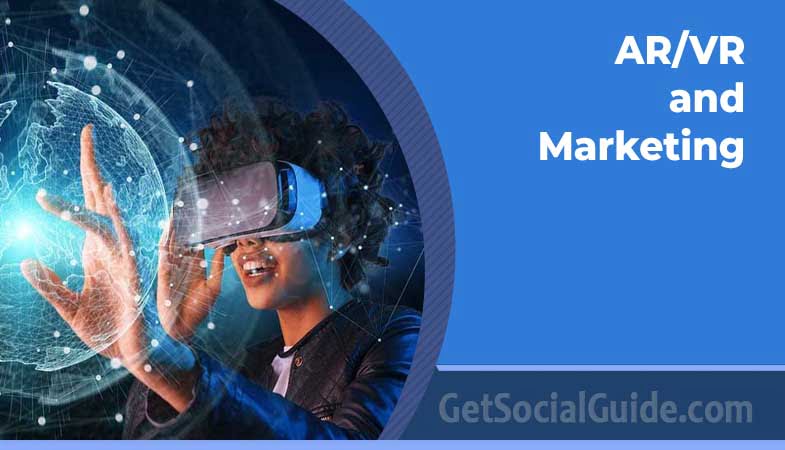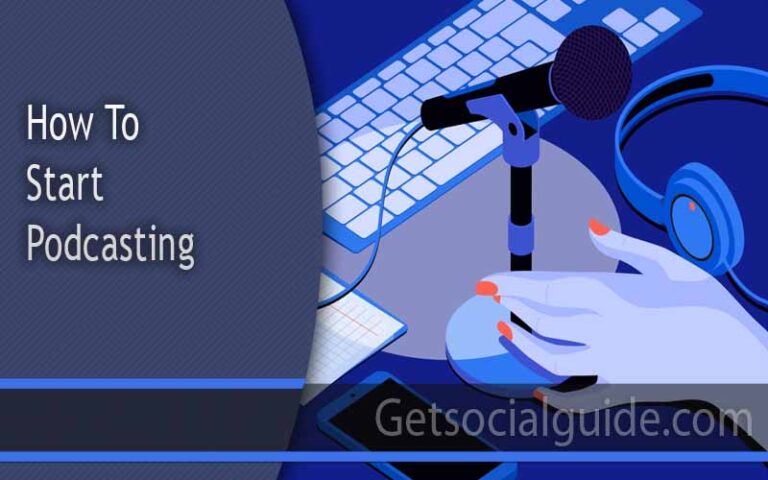AR/VR and Marketing: Innovative Ways to Engage Customers
Marketing has been around since the time the first business was started in this world. It drives your business and enables it to expand rapidly. Modes of marketing have changed over the years, with content marketing, email marketing, and social media marketing ruling the roost these days. All these come under the umbrella of Digital Marketing. Augmented Reality (AR) & Virtual Reality (VR) is increasingly being used in Digital marketing to engage customers. In this blog, we will dive deep into this topic and see how it is helping businesses.
Uses of AR/VR in Marketing
You can use AR/VR to build engaging campaigns that can promote your brand and what you are offering. VR can be used to display existing products as well as the development of upcoming ones. Customers can view the development of new products and give real-time feedback. Marketers can transform the customer experience by enabling customers to try products virtually before making the purchase decision. For example, before purchasing real estate, prospective buyers can go on virtual tours. They will be virtually transported there and can have a look at each and every corner. AR/VR can give them a feeling of actually being present there.
Try Before You Buy
All brands allow customers to try products before buying them, barring a few exceptions. For this, they provide trial rooms or return policies to customers. However, in the case of purchasing from eCommerce stores, trying products physically is not possible. eCommerce store product trials have become possible due to AR/VR technology. AR/VR allows customers to get some idea of how a particular product would look on them before they buy it. This is useful for products like apparel, cosmetics, furniture, and paint. Customers don’t have to guess what they will be getting or how the product will look on them. Although this cannot completely replace the experience of brick-and-mortar stores, it can give some solace to the prospective customer. VR is also being used to give people location tours or visit showrooms without leaving their homes. This can also be done for Museums and other tourist attractions, no matter how far the viewer is from the actual location.
Creating a More Personalized Experience
Marketers make use of AR/VR to show customers how life would be while using certain products or services. They can go to the next level beyond creating videos to create a more personalized experience. Home decor manufacturers use the technology for marketing by showing how their products will look in customers’ homes. This makes it easier for their target audience to make purchase decisions. All they need to do is select a particular product from their virtual storeroom and use their smartphone to point to a certain area of their home to see how it would look there. Influencer VR Marketing Influencers are playing a vital role in marketing strategies and trends these days. There will be increasing use of AI-powered virtual influencers. These influencers are nothing but digital avatars which can be found on social media. Big brands are using these digital avatars to increase customer engagement.
Use cases of AR/VR in Marketing
IKEA
World-renowned furniture manufacturer has created an engaging experience for their prospective customer by allowing them to see how a particular piece of furniture will look in their home before deciding about the purchase. You can try out the entire furniture set or just one piece of it. IKEA’s app has received thousands of positive reviews due to this feature. The most common comment in the reviews is that virtually seeing the furniture in the house before buying improved overall customer satisfaction and experience.
Wendy’s VR Restaurant
Wendy launched Wendyverse in March 2022, which was a virtual restaurant. It gave visitors a virtual dining experience wherein they could interact with friends and explore the restaurant. They could also play games such as basketball and find surprises in the form of free food. The restaurant’s CMO has stated that for years they have been meeting fans’ expectations by making use of social media and gaming. The restaurant has taken engagement to the next level by making use of AR/VR and bringing in a totally new dimension for its patrons.
Nike
Nike in association with Roblox has created a virtual world called Nikeland. It has been designed in accordance with Nike’s headquarters in Oregon. This virtual world consists of grounds and buildings where visitors can play minigames. These virtual games are played by real-world movements with the help of accelerometers on users’ mobile devices. There are also virtual showrooms where you can buy Nike products like Blazers, Nike’s Air Force 1, and Air Force 1 Fontanka.
Advantages of Using AR/VR in Digital Marketing
The biggest advantage you get with the use of AR/VR in digital marketing is that it increases brand awareness. There are many other benefits other than higher customer engagement. Other benefits include improved conversion rates, creating stronger bonds with the customer, and reaching younger customer segments. AR & VR can also be used for storytelling which is a great way to increase customer engagement. As technology advances, we will see a greater engagement with the customers.
Current Limitations of AR/VR in Marketing
The technology is still in its nascent stage, and there are limitations as far as the use of AR/VR in Marketing is concerned. However, over a period of time, this will be addressed.
Expensive
At present, the technology is quite expensive, and it is not possible for small businesses to use it for marketing. It requires specialized software and equipment to create this virtual experience.
Skill Sets
As the technology is still new, there are very few professionals who have the necessary skills to implement it for marketing. Another option is to train the Marketing team in making use of this technology. The second option takes time and effort, which can affect other tasks.
Technical snags
As it is a relatively new technology, there are no standards set for its use. This can create technical snags at your end or at the customer’s end. This can create an atmosphere of ill will and distrust.
Wrapping Up…
Although AR/VR in marketing may be costly for small businesses, it is increasingly being used. With time, it will become affordable for everyone, and there will be many more professionals working in the field. PlugXR specializes in AR and provides an easy-to-use cloud-based AR platform to create advanced apps and experiences. You also get features like cross-platform development, support for multiple SDKs, and analytics. If you are looking for digital marketing for your business, get in touch with us at GetSocialGuide, and we will be glad to assist you.




In a world where standing out amongst the competition is crucial, AR/VR technology has become an invaluable tool for forward-thinking marketers looking to take their campaigns to the next level.